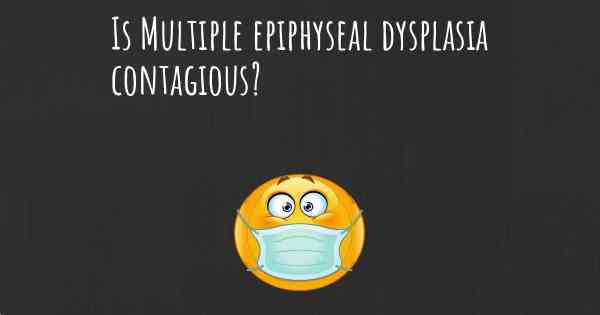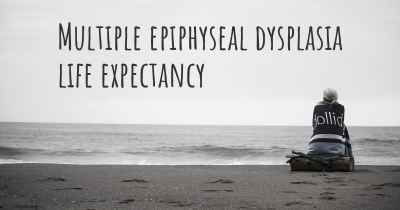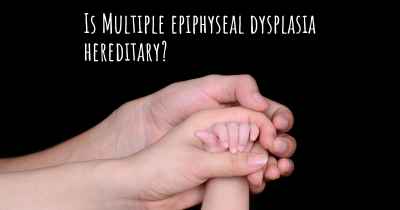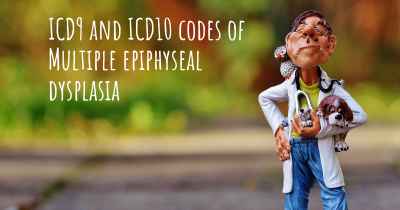Is Multiple epiphyseal dysplasia contagious?
Is Multiple epiphyseal dysplasia transmitted from person to person? Is Multiple epiphyseal dysplasia contagious? What are the routes of contagion? People with experience in Multiple epiphyseal dysplasia help solve this question.

Multiple epiphyseal dysplasia (MED) is a genetic disorder that affects the development of bones. It is not contagious and cannot be transmitted from person to person. MED is caused by mutations in certain genes that are inherited from parents. It is characterized by abnormal growth of the ends of long bones, leading to joint pain, stiffness, and limited mobility. Early diagnosis and appropriate management can help individuals with MED lead fulfilling lives.
Multiple epiphyseal dysplasia (MED) is a genetic disorder that affects the development of the bones in the body. It is a relatively rare condition that primarily affects the growth plates, or epiphyses, of the long bones in the arms and legs. MED is not contagious and cannot be transmitted from one person to another.
The condition is caused by mutations in certain genes that are involved in the production of collagen, a protein that provides structure and support to the bones and other connective tissues. These mutations disrupt the normal development and function of the growth plates, leading to the characteristic features of MED.
Individuals with MED typically experience a range of symptoms, including short stature, joint pain and stiffness, and limited range of motion in the affected joints. The severity of the symptoms can vary widely, even among individuals within the same family who have the condition.
While MED is a genetic disorder, it is important to note that not everyone with a mutation in the associated genes will develop the condition. The inheritance pattern of MED is typically autosomal dominant, which means that an affected individual has a 50% chance of passing the condition on to each of their children. However, in some cases, MED can also be inherited in an autosomal recessive manner.
Diagnosis of MED is usually based on a combination of clinical evaluation, medical history, and imaging studies such as X-rays. Genetic testing may also be used to confirm the diagnosis and identify the specific gene mutations involved.
Although there is currently no cure for MED, treatment focuses on managing the symptoms and improving quality of life. This may include physical therapy, pain management strategies, and assistive devices such as braces or orthotics to support the affected joints.
In conclusion, Multiple epiphyseal dysplasia is not contagious and cannot be transmitted from one person to another. It is a genetic disorder that affects the development of the bones and is caused by mutations in specific genes. While there is no cure for MED, treatment options are available to help manage the symptoms and improve the overall well-being of individuals with the condition.
Posted Dec 14, 2017 by Annalise 900








